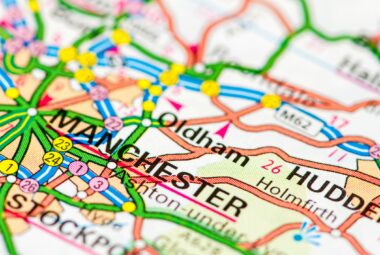Clearinghouse and sunrise proposals in respect of generic top level domain names
The Internet Corporation for Assigned Names and Numbers (ICANN) has approved plans to increase the number of top-level domain names (TLDs). As previously reported, ICANN has released details of the generic top level domain names (gTLDs) which have been applied for in the first round of applications, with 1,930 applications being received.
Broadly speaking, there have been four types of gTLD for which applications have been made, namely .community, .brand, .geographic location and .generic term. For the most part, the concern to brand owners will relate to what companies plan to do with the generic gTLD. For example, what will Amazon do with .song?
ICANN has recently been looking at proposals as to how trade mark rights holders can protect their rights in respect of the registration of gTLDs, both from the perspective of the right holder looking to protect its right in a gTLD and from the perspective of a third party looking to register a right holder’s existing trade mark in a gTLD.
Sunrise period
Each new gTLD must operate a sunrise period to allow trade mark owners the ability to apply for their trade marks in the new gTLD.
The sunrise period will work on a system whereby, instead of having to obtain a unique code for each trade mark in each top-level domain, rights owners can apply for a single signed mark data (SMD) certificate for each of their trade marks, regardless of how many gTLDs are to be applied for incorporating the mark. To do this, the trade mark owner will need to demonstrate use of the trade mark when applying for an SMD certificate.
If the trade mark owner then wants to apply for a domain name registration in the sunrise period, they will need to upload the SMD certificate so the registry can verify the information in the certificate with that of the trade mark clearinghouse.
Trade mark clearinghouse
To enable trade mark owners to protect their rights, ICANN is operating a trade mark clearinghouse where trade mark rights can be registered in a centrally managed repository. Should a third party try to then register a domain name which incorporates an existing brand, the third party will be told of the pre-existing trade mark rights in that brand and will be notified that, if they continue, they will potentially be in violation of these rights. A trade mark owner will be notified of a successful domain name registration which incorporates its trade mark.
It is only possible to record registered trade marks at the trade mark clearing house. It is not possible to register unregistered trade mark rights. It will not be necessary to file proof of use of the trade mark, unless there is a desire to register a domain in the sunrise period, as discussed above.
Once a right has been registered at the centrally managed repository, there will be no need to re-register the right every time a new gTLD is applied for.
The trade mark owner will only be told once a domain name has been registered, not when an application for the same has been filed. However, it is not clear yet whether trade mark owners will only be notified of a domain name registration which incorporates an identical trade mark, or whether they will also be told of the registration of gTLDs which incorporate confusingly similar trade marks.
In terms of fees, there will be a cost of registering a right at the centrally managed repository and it is understood that there will be an annually recurring renewal fee. Currently it is estimated that it will cost US $150 per trade mark filed at the clearinghouse, but this has not been confirmed and is subject to change.
Moving forward
The processes and procedures for the launch of the trade mark clearinghouse and sunrise proposals for registration of generic top level domain names have not been finalised and it seems that we are a long way off before they will be finalised. At present, it is envisaged that the new gTLD regime will not be implemented until spring 2013 at the earliest, but again this has not been confirmed and is subject to change.
We will of course continue to monitor for the launch of the clearinghouse and the sunrise period and will provide updates when there is further news.


